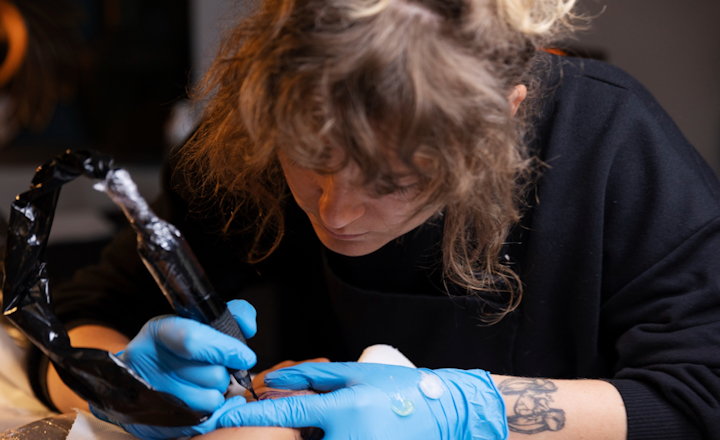
Tattoos have been a form of self-expression and art for centuries, but sometimes individuals find themselves regretting their ink choices. Fortunately, advancements in tattoo removal techniques have evolved significantly over the years, offering people the chance to undo their decisions. In this comprehensive guide, we will delve into the state of tattoo removal in 2024, exploring the latest technologies, methods, and considerations to help you make informed decisions on your tattoo removal journey.
- Laser Tattoo Removal Technology
Laser tattoo removal remains the gold standard in the industry, and in 2024, it has become more sophisticated than ever. Q-switched lasers, particularly those utilizing picosecond technology, are now widely used for their ability to break down ink particles into smaller fragments, making it easier for the body to eliminate them. These lasers can target a broad spectrum of colors, making them versatile for various tattoo types.
The introduction of newer laser technologies, such as fractional lasers, has further enhanced precision and reduced the risk of scarring. These advancements mean shorter treatment sessions and fewer sessions overall for complete Brisbane tattoo removal.
2. Non-Laser MethodsWhile laser removal is the most common, non-laser methods have gained popularity for specific cases or preferences. Some individuals opt for surgical excision, particularly for smaller tattoos, where the tattoo is physically cut out and the wound stitched closed. This method is efficient but may leave a scar.
Another emerging non-laser technique is tattoo removal creams. These creams aim to fade the tattoo gradually through a series of applications. However, their efficacy is still debated, and caution should be exercised to avoid potential skin irritations.
3. Combination TherapiesIn 2024, the trend in tattoo removal has shifted towards combination therapies. This involves using a combination of different technologies or methods to enhance results. For example, some clinics may integrate laser removal with surgical excision or follow up laser treatments with topical creams for improved outcomes.
Combination therapies are tailored to individual cases, taking into account factors such as tattoo size, color, and the patient's skin type. This personalized approach minimizes risks and maximizes the effectiveness of tattoo removal.
4. Tattoo Removal for Different Skin TypesAdvancements in tattoo removal have also addressed the unique challenges presented by different skin types. In 2024, clinics are equipped with lasers and techniques specifically designed to cater to a diverse range of skin tones. This ensures that individuals with darker skin can undergo tattoo removal with minimized risks of pigmentation changes or scarring.
5. Post-Treatment Care and RecoveryUnderstanding the importance of post-treatment care is crucial for successful tattoo removal. In 2024, clinics provide detailed guidelines on aftercare to optimize healing and reduce the risk of complications. This may include recommendations for avoiding sun exposure, using specific skincare products, and following a prescribed skincare routine.
Additionally, the introduction of advanced wound healing technologies has expedited recovery times. Patients can now experience quicker healing with less discomfort and minimal risk of infection.
6. Cost Considerations and Insurance CoverageThe cost of tattoo removal varies based on factors such as the size and complexity of the tattoo, the number of sessions required, and the chosen removal method. In 2024, some insurance plans may cover the cost of tattoo removal, particularly if the tattoo is linked to a medical or psychological condition.
Understanding the financial aspects of tattoo removal, including potential insurance coverage, helps individuals plan for the procedure and avoid unexpected expenses.
Conclusion
Tattoo removal in 2024 offers a myriad of advanced options, ensuring that individuals have effective and safe choices to undo their ink regrets. Whether opting for laser removal, non-laser methods, or combination therapies, the key lies in informed decision-making and personalized treatment plans. As technology continues to evolve, the landscape of tattoo removal will likely see further improvements, providing even more efficient and tailored solutions for those seeking a clean slate.




